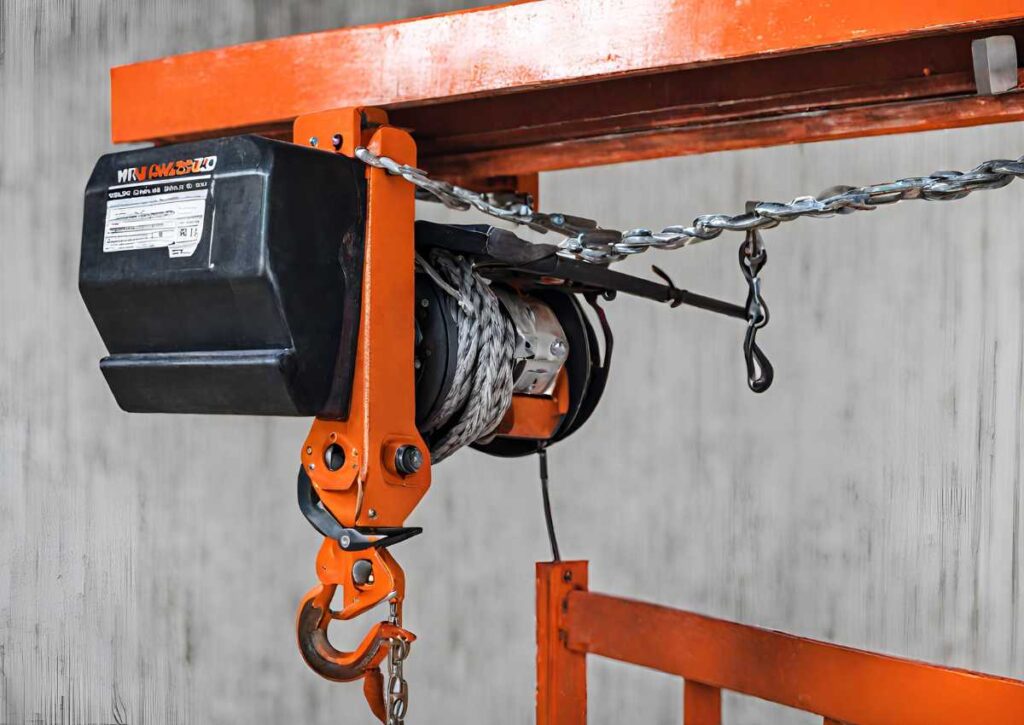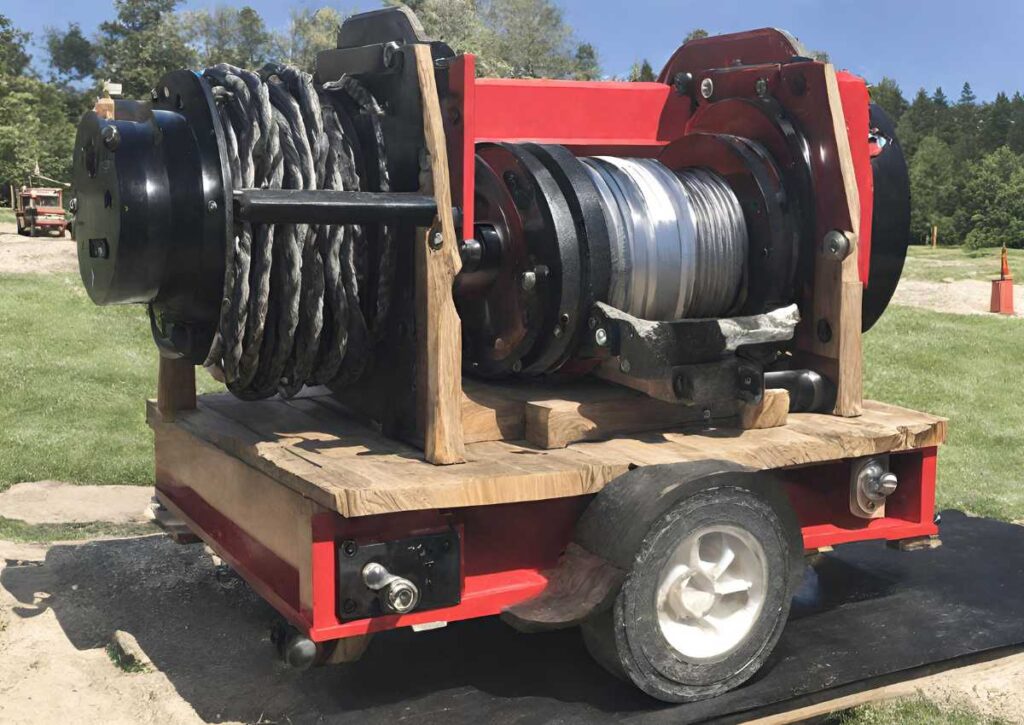Have you ever found yourself in a situation where you needed to lift or pull something heavy and you wished you had an extra pair of hands?
Well, fret not! Today, I’m here to introduce you to a game-changer in the world of tools. So, what is a drill winch, you ask? Think of it as your trusty sidekick for heavy lifting and pulling tasks.
The Drill Winch combines the power of a drill with the lifting ability of a winch, making lifting and pulling tasks easier.
It’s not just any ordinary tool; it’s a powerhouse that combines the might of your drill with the precision of a winch.
What is a Drill Winch?
A drill winch is a marvel of engineering that turns your regular power drill into a force to be reckoned with.
Picture this: you attach the winch to your drill, and suddenly, you have the strength to pull, lift, and move objects that would normally require a small army to budge.
It’s like giving your drill a superhero cape—powerful, efficient, and ready to tackle any task. Now, let’s delve into the nitty-gritty and address some burning questions:
What is the difference between a winch and a hoist?

A winch and a hoist might seem like distant cousins, but they have their own unique roles.
A winch is designed for pulling heavy loads horizontally, like towing a vehicle or dragging a fallen tree.
On the other hand, a hoist is all about lifting vertically; think of it as the unsung hero behind your garage storage system.
While they may look similar, their purposes set them apart in the tool world.
Why can’t you use a winch as a hoist?

Ah, here’s where the drill winch steals the show. Traditional winches are not built for precision lifting, and using them as hoists could lead to disastrous results.
Enter the drill winch—it’s the bridge between power and precision.
With its adaptable design, you can lift and pull with the finesse of a surgeon, ensuring your heavy loads go exactly where you want them.
What is the difference between a winch and a windlass?

Purpose Differentiation
Winch: Primarily designed for heavy pulling or lifting loads on land.
Windlass: specializes in raising and lowering anchor lines specifically on boats or ships.
Usage Scenarios
Winch: Your trusty tool for land-based tasks, perfect for pulling heavy objects or handling various projects that require horizontal pulling.
Windlass: essential for maritime adventures, especially when dealing with anchor lines on boats, ensuring smooth operations while docking or setting sail.
Complementary Functions
Winch: Ideal for tasks where strength and pulling power are required, aiding in tasks like moving large furniture or handling construction materials.
Windlass: Specifically tailored for handling anchors on boats, ensuring safe and efficient anchoring in maritime activities.
Utility and Versatility of Drill Winch
Transitioning to the drill winch isn’t just about power; it’s about efficiency and versatility.
The drill winch, heartwarmingly efficient and guilt-free in its adaptability, becomes an inspiring addition to your toolkit.
Practical Applications
Imagine effortlessly moving hefty furniture or completing DIY projects with the drill winch taking the spotlight, creating hilarious and enjoyable moments.
Expanding Possibilities
The drill winch isn’t just a tool; it’s an enabler, turning seemingly impossible tasks into achievable and entertaining endeavors.
Overall Impact
Adding a drill winch to your toolbox doesn’t just enhance your capabilities; it transforms tasks into fun challenges, making the impossible feel surprisingly doable.
Conclusion
The drill winch is not just a tool; it’s a game-changer. It transforms your ordinary drill into a versatile powerhouse, bridging the gap between power and precision.
So, the next time you find yourself facing a Herculean task, reach for your drill winch and let the magic happen.
It’s a small investment for a colossal return in convenience and accomplishment. Happy drilling!
FAQs
Can a drill be used on a winch?
Absolutely! Using a drill with a winch is a smart move for added power. You can attach your drill to the winch, making tasks like pulling or lifting a breeze.
It’s like giving your winch an extra boost, and it’s super easy to do.
How to use Hand Winches with a Drill
Using a hand winch with a drill is a piece of cake. First, make sure your drill has a compatible chuck. Attach the winch to the drill just like any other bit.
Then, turn on your drill, and voila! Your drill is now supplying power to your hand winch, speeding up and smoothing out your lifting or pulling task.
How to Make Winch Drill
Creating a winch drill is simpler than you might think. All you need is a winch with a hexagonal shaft and a drill with a compatible chuck. Attach the winch to the drill, securing it well.
Now, when you power up your drill, you’ve essentially made a winch drill combo. It’s DIY ingenuity at its finest!
What is the gear ratio on the WARN Drill Winch?
The gear ratio on the WARN Drill Winch is a crucial detail for understanding its power. The WARN Drill Winch typically has a gear ratio of 144:1.
This means that for every 144 turns your drill makes, the winch drum turns once. It’s this ratio that gives you the strength to tackle heavy lifting or pulling tasks effortlessly.









